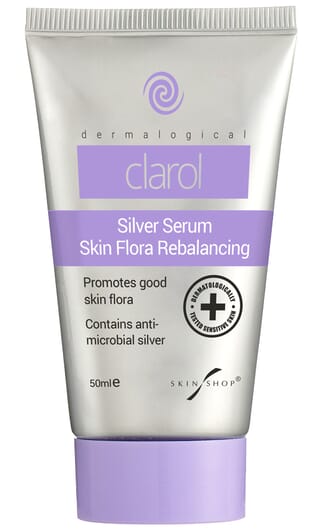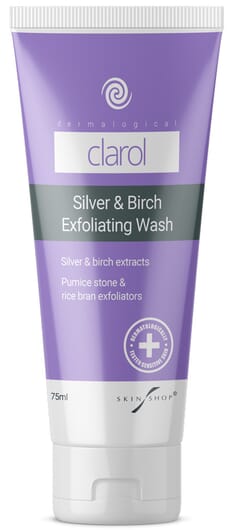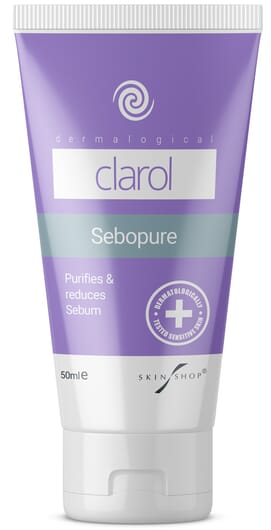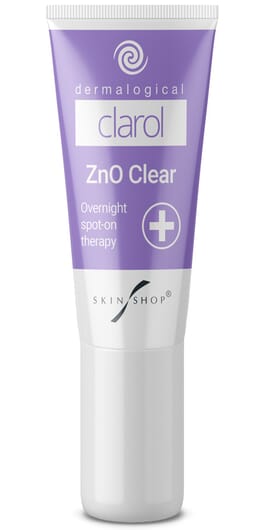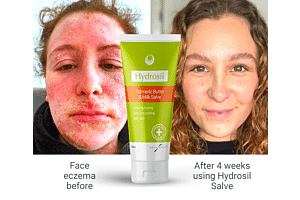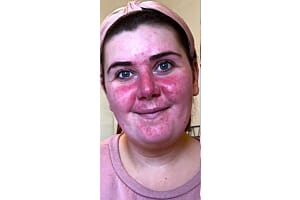When it comes to hormonal acne, causes are not always consistent through the monthly cycle and therefore different treatments may be more effective at differnt times of the month.
If you can predict which days your skin will be glowing and which days it will be ghastly, you can prepare with changes to your skin care routine to try and combat the problems before they arise.
Three hormones impact your skin during your monthly cycle: Oestrogen, progesterone and testosterone. These hormones fluctuate through the duration of your cycle, and their shifting ratio is what causes changes in skin tone and break outs.
Here are #5 tips from dermatoligist Dr Eva Melegh on the hormonal skin changes that affect your skin and how best to treat your acne according to your monthly cycle.
#Tip 1 – Predict when your skin will be more sensitive and dry
During the first seven days of your cycle, when you have your period, your hormones are at an all-time low. Sebum production may decrease, and without the help of oestrogen, your skin may have difficulty retaining moisture. As a result, your skin will likely look and feel dull and flaky and probably more sensitive.
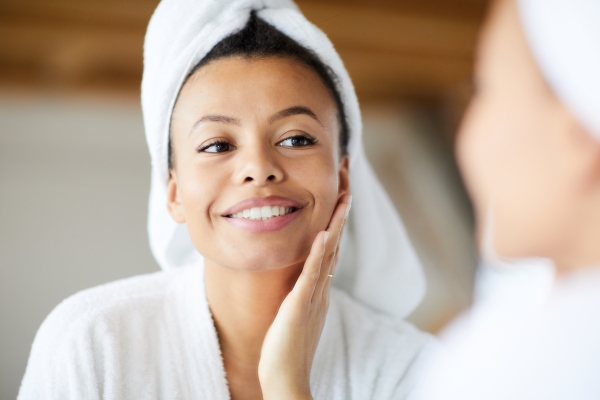
During this first week, your body also produces more prostaglandins. These compounds with hormone-like effects usually control inflammation but, when off balance, increase pain sensitivity. This can cause your skin to feel more tender and reactive.
This is not a good time to wax your skin and you should also reduce exfoliation and avoid any retinol products. Also switch to a mineral based foundation and add more hydrating serums to your routine.
Serums containing skin prebiotics that help feed good skin bacteria are also beneficial as this is a time when the skin barrier function is likely to become most damaged and could benefit from some help to replenish it.
#Tip 2 – Predict when you will get jawline acne
Testosterone remains constant throughout your cycle but takes the lead when oestrogen and progesterone dip during actual menstruation during the first week of your cycle. Testosterone activates the sebaceous glands, triggering them to produce more oil but when testosterone is in the lead, the sebum production is thicker and tends to concentrate more along the jawline line and lower part of the face. So, its common to end up with bigger deeper jawline spots and dry cheeks with smaller surface pimples during menstruation, what is known as combination acne.
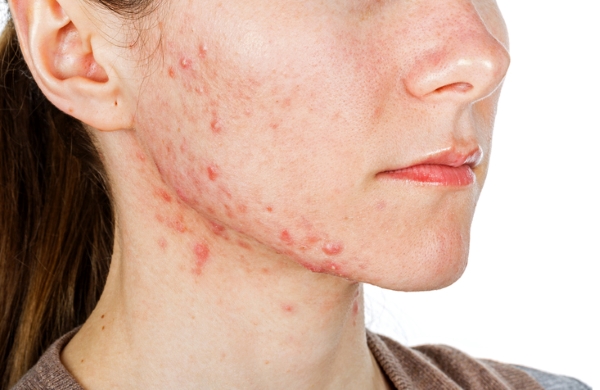
This is a time to really try and avoid holding your phone against your lower cheek or resting your face in your hands and tie long hair back at night.
It’s a good time to apply a detoxifying clay face mask to the lower part of your face.
Your skin woul also hugely benefit frmo a rebalancing of the bacteria in your skin as its easy at this time for bad skin bacteria to get out of control. Use products that reduce bad skin bacteria and increase good skin bacteria to control your bacterial balance. Try Clarol Silver Serum, a bacterial re balancing serum.
Spot on treatments using zinc oxide can help reduce underlying inflammation of larger lesions overnight. Try Clarol ZnO Clear
#Tip 3 – Predict when you will have more moisturised and radiant skin
The second week of your monthly cycle is dominated by the production of oestrogen. This is when you skin should start to become plumper and more moisturised. Right before ovulation (days 12-16), oestrogen is at its peak. During this time, moisture levels are at their highest and the increase in collagen and elastin gives your skin more radiance.
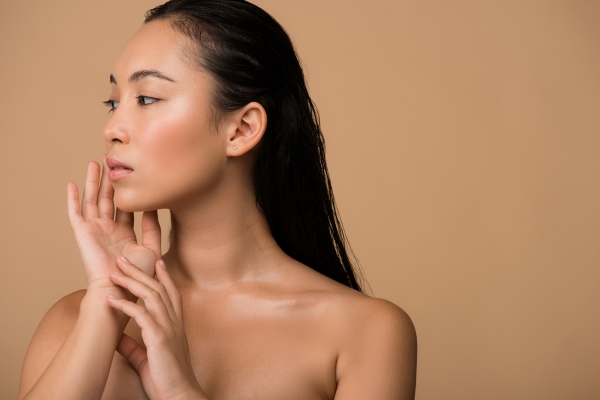
This is a great time to use a retinol product and regenerating mask as your skin is at its most robust and so by boosting the production of skin cell regeneration can help make it more robust against weakness to acne triggers later in the cycle.
#Tip 4 – Predict when you will have greasier skin & blackheads
In week three of your cycle, the levels of progesterone rise. Progesterone stimulates the production of sebum and, as it rises, causes your skin to swell and compress your pores. This compression can lead to a build-up of oil and acne breakouts as well as blackheads.
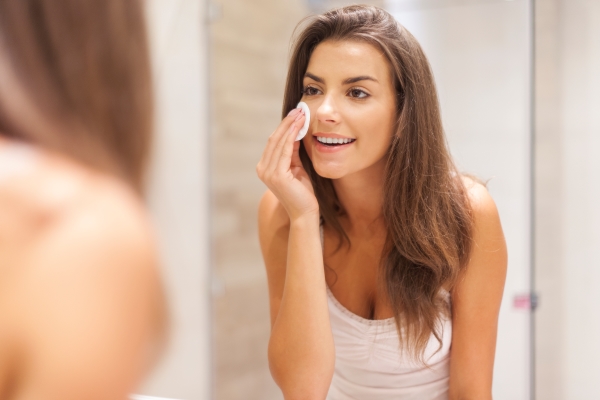
This is the time when you should start to exfoliate daily to clean out pores congested with sebum. Try Clarol Silver & Birch Exfoliating Wash
At the same time reduce moisturisation and use a sebum purifying product to make sure the extra sebum being produced pushes out through the skin pore without causing congestion and attracting bacteria and dirt into the skin pore. Try Clarol Sebopure, a sebum purifying acne cream.
#Tip 5 – Predict when you will have open pores, bloating and redness
Week four is entering into full blown PMS territory and when your skin will be at its most volatile.
Progesterone and oestrogen levels fluctuate causing bloating and puffiness. You generally have more inflammation in your body which can add to the boating. Your skin may appear extra shiny and, as your pores loosen, they may begin to look larger. You may also experience more inflammation and redness during this stage of hormonal flux.
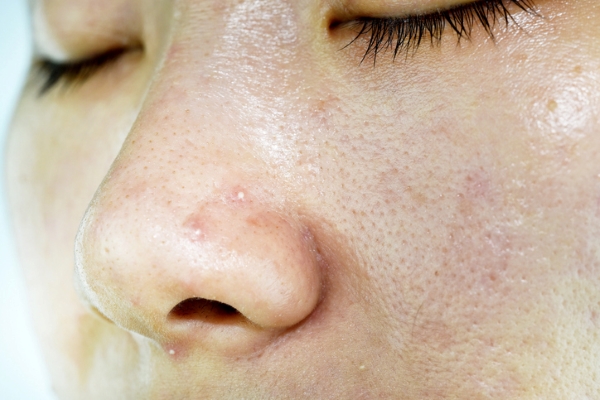
This is an ideal time to make sure you use a daily pore minimising toner on your skin after exfoliation. These two actions will help close open pores, tighten bloated skin and clean out congestion. Try Clarol Birch Water Pore Minimising Toner with noridic birch water.
Products that focus on reducing inflammation and redness and concealers with tone matching technology that can adjust to blotchy or flushed skin can be a life saver during this turbulent time. Try Kalme Chameleon Concealer SPF20 for sensitive skin and skin prone to redness.
Limiting your intake of inflammation-causing foods like sugar and refined carbohydrates can also help during this part of your cycle.




